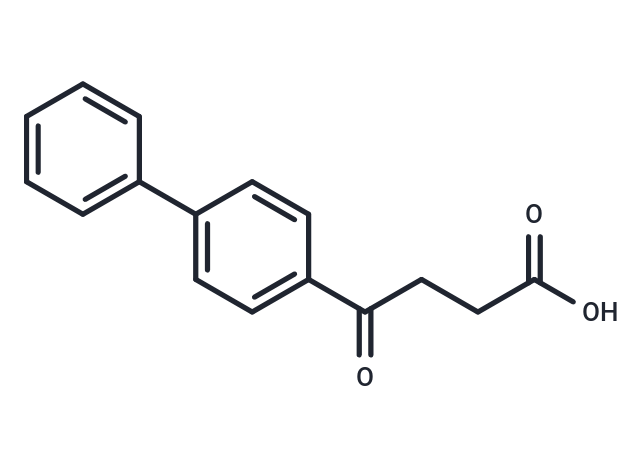Shopping Cart
Remove All Your shopping cart is currently empty
Your shopping cart is currently empty
Fenbufen (Lederfen) is a non-steroidal anti-inflammatory drug used primarily to treat inflammation in osteoarthritis, ankylosing spondylitis, and tendinitis. It can also be used to relieve backaches, sprains, and fractures. Fenbufen is available as a capsule or tablet sold with the brand names Cepal, Cinopal, Cybufen, Lederfen, and Reugast. Fenbufen acts by preventing cyclooxygenase from producing prostaglandins which can cause inflammation.

| Pack Size | Price | USA Warehouse | Global Warehouse | Quantity |
|---|---|---|---|---|
| 200 mg | $30 | In Stock | In Stock | |
| 500 mg | $40 | - | In Stock | |
| 1 g | $52 | - | In Stock |
| Description | Fenbufen (Lederfen) is a non-steroidal anti-inflammatory drug used primarily to treat inflammation in osteoarthritis, ankylosing spondylitis, and tendinitis. It can also be used to relieve backaches, sprains, and fractures. Fenbufen is available as a capsule or tablet sold with the brand names Cepal, Cinopal, Cybufen, Lederfen, and Reugast. Fenbufen acts by preventing cyclooxygenase from producing prostaglandins which can cause inflammation. |
| Targets&IC50 | Caspase-4:0.57 μM, ATP systhesis:0.88 μM(Ki), COX-1:3.9 μM, COX-2:8.1 μM, Caspase-5:0.87 μM, Caspase-3:1.2 μM, Caspase-9:0.76 μM, Caspase-1:4.4 μM |
| In vivo | Fenbufen and its metabolites could be involved in mitochondrial toxicity through inhibition of ATP synthesis[1]. Fenbufen inhibited prostaglandin release by 80% and reduced rates of protein synthesis in normal muscle and in muscle undergoing hypertrophy in response to tenotomy of a synergist[3]. |
| Synonyms | Lederfen, CL-82204 |
| Molecular Weight | 254.28 |
| Formula | C16H14O3 |
| Cas No. | 36330-85-5 |
| Smiles | C(CCC(O)=O)(=O)C1=CC=C(C=C1)C2=CC=CC=C2 |
| Relative Density. | 1.1565 g/cm3 (Estimated) |
| Color | White |
| Appearance | Solid |
| Storage | Powder: -20°C for 3 years | In solvent: -80°C for 1 year | Shipping with blue ice/Shipping at ambient temperature. | |||||||||||||||||||||||||||||||||||
| Solubility Information | Ethanol: 47 mg/mL (184.84 mM), Sonication is recommended. DMSO: 47 mg/mL (184.84 mM), Sonication is recommended. H2O: < 1 mg/mL (insoluble or slightly soluble) | |||||||||||||||||||||||||||||||||||
| In Vivo Formulation | 10% DMSO+90% Corn Oil: 2 mg/mL (7.87 mM), Sonication is recommeded. Please add the solvents sequentially, clarifying the solution as much as possible before adding the next one. Dissolve by heating and/or sonication if necessary. Working solution is recommended to be prepared and used immediately. The formulation provided above is for reference purposes only. In vivo formulations may vary and should be modified based on specific experimental conditions. | |||||||||||||||||||||||||||||||||||
Solution Preparation Table | ||||||||||||||||||||||||||||||||||||
Ethanol/DMSO
| ||||||||||||||||||||||||||||||||||||
| Size | Quantity | Unit Price | Amount | Operation |
|---|

Copyright © 2015-2025 TargetMol Chemicals Inc. All Rights Reserved.